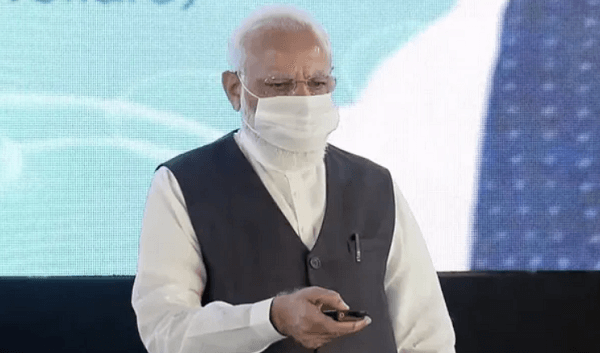
Corporatisation of Ordnance Factories – Overcoming the “Last Great Problem”

With the dedication of seven new units of the Corporatised Ordnance Factories, Ministry of Defence seems to have summited the “last great problems” which to mountaineers denotes a peak that remains unconquered. Professionalising the processes at the Ordnance Factories had indeed been one “last great problem” that evaded mandarins of South Block.
The 41 factories that came under the Ordnance Factories Board at Kolkata was the world’s largest defence conglomerate with a range of products from boots, uniforms to precision ammunition, armoured vehicles and artillery guns. In existence since the British East India company set up its rifle factory in Cossipore, the Board receives annual budgetary support of over Rs 3,500 crores, having 76,000 permanent employees and spread over 60,000 acres of land including in big cities.
More than 80 per cent of the OFB’s orders come from the Indian Army, though the cluster of 41 factories meets barely 50 per cent of the Army’s requirements. OFB has all along supplied products to armed forces – the captive customer – on a nomination basis. Because of this monopoly, there was no incentive for OFB to improve its quality of products and implement a dynamic system of getting customer feedback on both quality and on-time delivery issues.
Ordnance Factories meant to be the “Fourth Arm of Defence” over the years, lost its cutting edge and the trust of its customers. They have been facing performance issues for a long time with concerns have been raised in various quarters over the last few decades, regarding the functioning of OFB which, according to its critics, lacks professional capacities that is visible in the cut throat private sector where the motto is perform or perish.
The Many Attempts
Mountaineers again do not attempt certain peaks because they are held sacred being abodes of the gods like the Mount Kailash or the Ayers Rock. Legend has it that all attempts to scale them led to misfortune and prevents any more misadventures. The tale of streamlining efficiencies of Ordnance factories hold true to this curse.
The attempts have been numerous. The first attempt to streamline the efficiencies of the Ordnance factories was in 1979, under a committee headed by a Planning commission member Shri Rajyadaksh. It identified the need for a clear organisation structure, a board for management for encompassing all the factories. This did lead to the creation of the Ordnance Factor Board in Kolkata and achieved little else.
In 2001, a committee headed by TKA Nair examined the short term and long-term prospects of Ordnance Factories and considered three options viz Status Quo; Integrate functions based on the DAE/DRDO/ ISRO model; and thirdly, Corporatisation into an Ordnance Factory Corporation Ltd on the same lines as BSNL.
Corporatisation was to be in three categories viz – high volume and core competencies of OF, the second being low volume but complex technologically and the third being those factories competing with easily available off the shelf products like boots, uniforms and clothing items. This was to be accomplished in three stages recommended with identification of JV partners to create an ability to be competitive and be listed as a public company. They however remained as recommendations.
Following the events of the Kargil war in 1999, a Group of Ministers recommended an examination of the “changes required to facilitate Defence PSU and Ordnance Factories to assume role of Designer and integrator to build a consortium of defence industries to meet the objectives…” The recommendations related to the Ordnance factories by Kelkar Committee was on similar lines with that of TKA Nair report.
As a follow up of the Kelkar report came the Probir Sengupta led Committee identifying the Navratnas in Indian Defence Industrial space. There were 12 private sector firms and one PSU (BHEL) selected as Raksha Udyog Ratnas in 2007. These RUR were to be treated at par with Defence PSU’s and OFB, becoming eligible for direct orders from the Armed Forces as well as financial assistance for co-development with DRDO and their own research. This step was considered a leap in incorporating private sector to infuse the private sector to compete with DPSU and OF. Once again, the unions prevailed and government of the day conceded in face of pressure from various lobbies including those of smaller defence private sector players though for different reasons.
Mr AK Antony’s reply to the Standing Committee as Defence Minister stated that Government has decided against corporatisation of Ordnance Factories. Admiral Raman Puri Committee in April 2015 recommended change in functioning of OFB as an “attached office of the Ministry and a budgeted entity as it is completely incompatible with the modern methods of production and quality control”. He again recommended corporatizing the OFB and splitting it into three or four segments.
The Ravindra Gupta task force also demanded a similar efficiency in Ordnance factories. Dhirendra Singh task forces examined the policy changes needed for ‘Make In India’, but until so far all recommendations pertaining to the Ordnance factories met the same fate as the earlier attempts.
There were many concerns of which delayed deliveries was the least damaging while safety of the troops and substandard material ranked high on the grievances. There was no clause for penalties on faulty or delayed deliveries.
In the 2016 Uri incident, the killing of 16 soldiers by Pakistani backed terrorists, invited punitive strikes by India. Around the same time due to faulty manufacturing practices and storage, 17 soldiers were killed in Ammunition Depot in Pulgaon. The faulty ammunition manufactures weren’t penalised for an equal number of deaths and instead the fault was placed on the Depot for improper storage, though process demanded immediate recall by manufacturer immediately on detection and 100% replacement. However instead of destruction of faulty ammunition, the factory delayed collection to enable it to complete the shelf life of the ammunition and hence the accident that took these 17 soldiers’ lives.
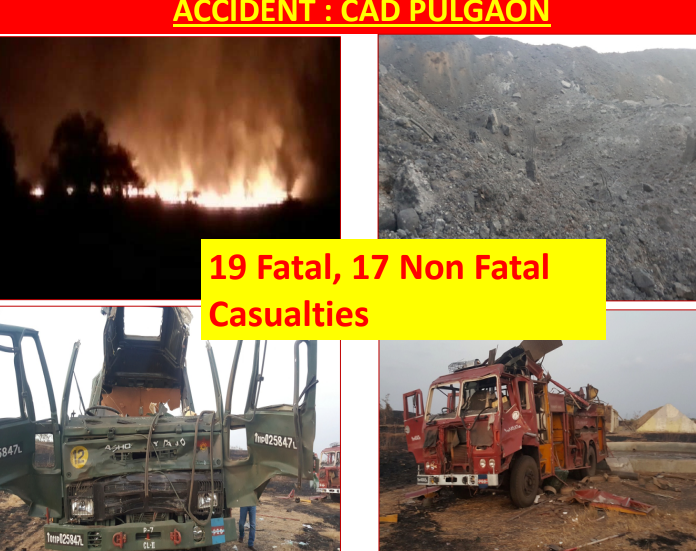
There were also serious concerns of over pricing for commercially purchased products, for example, a Ashok Leyland truck available commercially, was delivered Ex Vehicle Factory Jabalpur at scaled up prices with no significant additions. Similarly, items like boots and clothing were not matching the standards available commercially with personnel preferring local market supplies to ordnance issues.
Biting the Bullet of Corporatisation
Considering that repeated governments were unwilling to bite the bullet on the Ordnance factories, the course of action set forth since the announcement for the Corporatisation of the Ordnance Factory Board (OFB) into 100% Govt-owned entities is a landmark event despite the opposition and history of protests from within the rank and files of the OF supported by many of the opposition parties.
The first moves to end the OFB monopoly began when the NDA government notified 275 non-core items which the armed forces could now buy from the open market. In the past, the services had to buy these items exclusively from the OFB. The government then allowed private players to manufacture ammunition which was a huge leap of faith.
With the latest orders existing 41 factories have been subsumed into 7 corporate entities viz Ammunition & Explosives, Vehicles, Weapons & Equipment, Troop Comfort, Ancillary, Opto-Electronics and Parachute group which have started functioning from 01 October 2021.
There is much ground to be covered however. Key points of organized workers unions against corporatization are on the question of defence equipment and lands that will be given to private players, which they say is detrimental to national interests, as private and foreign players will have access to critical industries and will have an impact on defence preparedness. They state that the OFB was not created to function on a commercial basis, but to provide a strategic surge capacity for wartime.
For this a cue could be taken from the Defence Production Act 1950 of USA where through an executive order it is possible to direct private companies to prioritize orders from the federal government as well as empowered to “allocate materials, services, and facilities” for national defence purposes, and take actions to restrict hoarding of needed supplies. President Biden used this act to halt exports of critical equipment for manufacture of vaccines which impacted Indian capacities earlier this year.
Actually, the main concern of the employee’s union is of retrenchment. The government has assured that it will safeguard the interests of the employees by transferring them to the new entities on deputation without altering their service conditions for two years. The pension liabilities of the retirees and existing employees will continue to be borne by the government. For the unreceptive labour unions, the timely passing of the Essential Defence Services Bill on 03 Aug 2021 makes matters a bit difficult for them to call for strikes and disrupt the process.
Is Corporatisation the Magic Pill?
All said and done there is no magic pill for the efficiencies expected from the new entities. It is well established that both the OFB and DPSU’s were incapable of executing the orders from Armed Forces. A protective environment bred inefficiency, a cost-plus approach, and kills quality and innovation. Within the current level of defence acquisition, DPSUs and OFs are unable to cope with the service requirements. The service were uniformly unhappy with the quality, costs, maintenance support and inordinate supply delays of DPSUs. For eg MDL and HAL have pending orders that will take decades to execute. This excess demand actually bred inefficiency and killed the need for innovation.
Compare it in the manner in which private industry in India or well many PSU’s met the increased demand even during the COVID for PPE kits and the vaccines. Indian industry beat global competition in their response. However, the road ahead is bumpier if the new corporatized entities that could be harnessed under emergency conditions, is allowed to wither away with this transformation. The key points that need to be studied are as under:
Leadership for the New Entities to Manage the Turn-Around
The captive orders of the Armed and Central Armed Police forces that nominations brought about, ends with this corporatisation, thus turning the tap the assured cash flow, thus a capacity to finance the day to day running assured by the budgetary allotment in the MoD budget. Furthermore, the process of registering each new entity and merging the geographically diverse factories under a new Board, identifying markets and potential partners for JVs/ MoUs is no easy task and will demand government funding and support.
The key is the leadership that manages these factories as dynamic entities can find solutions. An example can be found in the manner in which TATA motors underwent a transformation after the acquisition of JLR in UK and Marco Polo buses in Brazil. It is to the sheer doggedness of Ratan Tata that the Tata Motors owes this transformation. Not only did they under his leadership boost the fortunes of the Tata Motors but they turned around the loss-making iconic Jaguar Land Rover Factories in UK.
The key now for MoD is to find leadership from both the public and private sector who are domain experts beyond the usual pool of bureaucrats or service officers who ran the place earlier. Similarly, efficiencies have to be brought about by the correct evaluation of compensations to employees instead of applying uniform pay across the factories – both high tech to the low end, being commensurate with skills instead of post and grades held. It is important that existing dispensation by the government to the OFs should continue for a transient period to help them manage the process of change.
Mergers and Acquisitions
Worldwide there have been efforts of consolidations leading to conglomerates (egs are Lockheed Martin, Raytheon, Northrop Grumman and Boeing), all of which are a result of consolidation of the multiple companies in American Aerospace industry, creation of alliances and pooling resources by likeminded countries (Eurofighter) and reducing costs of maintaining large defence public sectors through privatization. Until 2006 Bharat Forge was primarily an auto component firm. Through mergers and acquisitions over the past decade, it has transformed into the world’s second largest forging company and has manufactured its own artillery guns and has its manufacturing base spread across 11 locations and 5 countries.
The implosion of the former Soviet Union in 1991 proved catastrophic for the Indian armed forces, as three-fourths of the Indian Military hardware came from former Soviet Union. It was a moment of great crisis but also a great opportunity for Indian defence which we missed. A number of Soviet factories and scientists were picked up by other countries. Indians missed the opportunity as it was passing through a severe debit crisis and we didn’t have the vision to employ the talented workforce. There are many countries which has the cutting-edge technology but are witnessing economic problems and a squeeze or strain leading to a scale-back of defence spending.
As in the case of ONGC Videsh, a special purpose vehicle can be created to acquire defence companies abroad or a new company can be created within the DPSU /OFB with existing staff along with private sector participation to acquire high tech companies abroad. This will in time be a competitor to the mother DPSU and eliminate the competition and be a poison pill for the Unions. For eg Rifle Factory Ishapore in collaboration with private players and government support can consider acquiring small arms weapons manufacturers which are often up for sale.
The case study of a rival firm Czech firearms company Ceska Zbrojovka Group (CZG) buying out the legendary Colt, which has been manufacturing firearms since the early 19th century, for $220 million has evaded our mandarins even though our own purchase order was larger than this buyout. For this the following are necessary:-
- Identity critical technologies that are needed by the Indian armed forces
- Buy equity stakes in foreign companies which are offloading shares/being put up for sale
- Set up public-private partnerships with the private sector/ new entities of OF where they buyout or picks up a substantial stake in a foreign defence firm. These stakes will not be primarily be for financial benefit as an investment but for access to technology to be infused into India like what TATA did with JLR acquisition
Identifying Opportunities for Co-development and Training of Indians
Despite having a success story in the BRAHMOS experiment the Indian establishment has failed to build on such templates. India lost a chance to put in a stake in the development and refit of Admiral Gorshkov and was dependent on the Russians who hiked the price multiple times over. Instead, we could also have acquired one of the stalled Carrier projects in UK and send across our technical staff from the Naval Design and WESEE to learn on them while being refitted for Indian needs.
The option to be placed to the foreigners was either choose to collaborate or lose out on the contract. Indian orders are the largest news items in the defence world and in past have bailed out large European companies in the past like Westland helicopters as well as been the source of sustenance for several Russian cities. We have to take advantage of our position in this regard. This can also be an opportunity for training of Indian manpower. Even India has not used the refit/manufacture of Indian orders abroad to train our own technical staff /engineers/ scientists. India only sends the personnel from the Armed forces who are future users to train on how to use and maintain the equipment being procured. Sending a pool of scientists/ engineers/ technicians can bring about immense benefit from being part of such a manufacturing process for Indian needs.
Monetising the Lands Held by the Factories:
The factories sit on an approximately 60000 acres of land across its factories, training institutes and offices across metropolises and in the hinterland. Instead of eyeing sale of cantonment lands for funding the defence needs as proposed, these lands could become useful for the same purpose. However, this being a sensitive issue, given the history of disinvestment of VSNL with its land assets and the Ashoka hotel sale in Kovalam where in the land value exceeded the purchase price, due caution and diligence need to be exercised.
Support of Armed Forces and a Forecast of Requirements
A major drawback faced for indigenization of defence industries is that there is no roadmap of requirements. The industry is incapable of identifying and forecasting the needs of the armed forces and invest for research and development for an item that may never be procured. Forecasting over the next 15-20 years would be by identifying the threats that the armed forces anticipate and the equipment they would need to counter them. Currently Indian armed forces are unable to forecast their needs. They end up giving QRs that cannot be met. Unless the defence services are able to identify the requirements for platforms and armaments, the MoD as well as the Indian defence industry will not be able to cater for these requirements.
Revamping the Role of Department of Defence Production
The multifarious departments of MoD like Acquisition Wing, HQ IDS, DDP, MoD (Fin) that have been created actually hinder speedier decisions with each working in silos. Currently the research for defence needs is carried out by DRDO without consultation with the user’s i.e. the armed forces as they are functioning directly under RM as a separate department. The production of defence equipment is again under a different department – DDP. Financing and budgeting for procurement and all financial approvals is done by MoD (Finance), and the final process of acquisition is done by the Acquisition wing. Though they all technically report to the same minister, the process and procedures are time consuming.
All these departments are independent and treat each other as separate entitles with no unity of purpose – that of meeting the requirements of the Armed forces.
Another step in meeting the Atma Nirbharta could be restructuring of the Department of Defence Production, currently catering to Defence PSU and former Ordnance Factories, to be restructured as Department of Indian Defence Industries and cater for all private players in Indian Defence Industry. Such an umbrella organization will be able to identity and meet the needs for indigenization, collaboration, licensing and legislations for encouraging defence Industry. This will be able to have a single window for all defence needs including oversight of technology transfer arrangements and collaborative projects as well as of the offsets programs. This will also help in identify flaws in taxation, excise and custom duties which was skewed in favour of DPSU/OFB as well as foreign firms.
To make Atma Nirbhartha a reality, the defence ministry should study how countries like South Korea, South Africa and even tiny ones like Singapore have vibrant defence Industries competing with the giants in the world. A blueprint is vital for the road ahead and time bound milestones to be attained to ensure national security through self-reliance in defence technologies.
The DPSUs and Ordnance Factories have served the nation well. However, like state sector anywhere, they suffered from inherent handicaps. It is a well-documented fact that despite every proactive effort at all levels, and in all related departments in government, critical decision making remains far from swift. The corporatisation of OF was a long-drawn demand, however its success depends on the users, as well on the ability to make the indigenous entities capable of taking on the needs of the armed forces. Let’s hope that the efforts leads to the success of the ‘last great problems’ and truly ushers in an era of defence self-reliance under the Atma Nirbhar Bharat.
******************
Disclaimer
The opinions expressed in this article are the author’s own and do not reflect the views of Chanakya Forum. All information provided in this article including timeliness, completeness, accuracy, suitability or validity of information referenced therein, is the sole responsibility of the author. www.chanakyaforum.com does not assume any responsibility for the same.
Chanakya Forum is now on . Click here to join our channel (@ChanakyaForum) and stay updated with the latest headlines and articles.
Important
We work round the clock to bring you the finest articles and updates from around the world. There is a team that works tirelessly to ensure that you have a seamless reading experience. But all this costs money. Please support us so that we keep doing what we do best. Happy Reading
Support Us







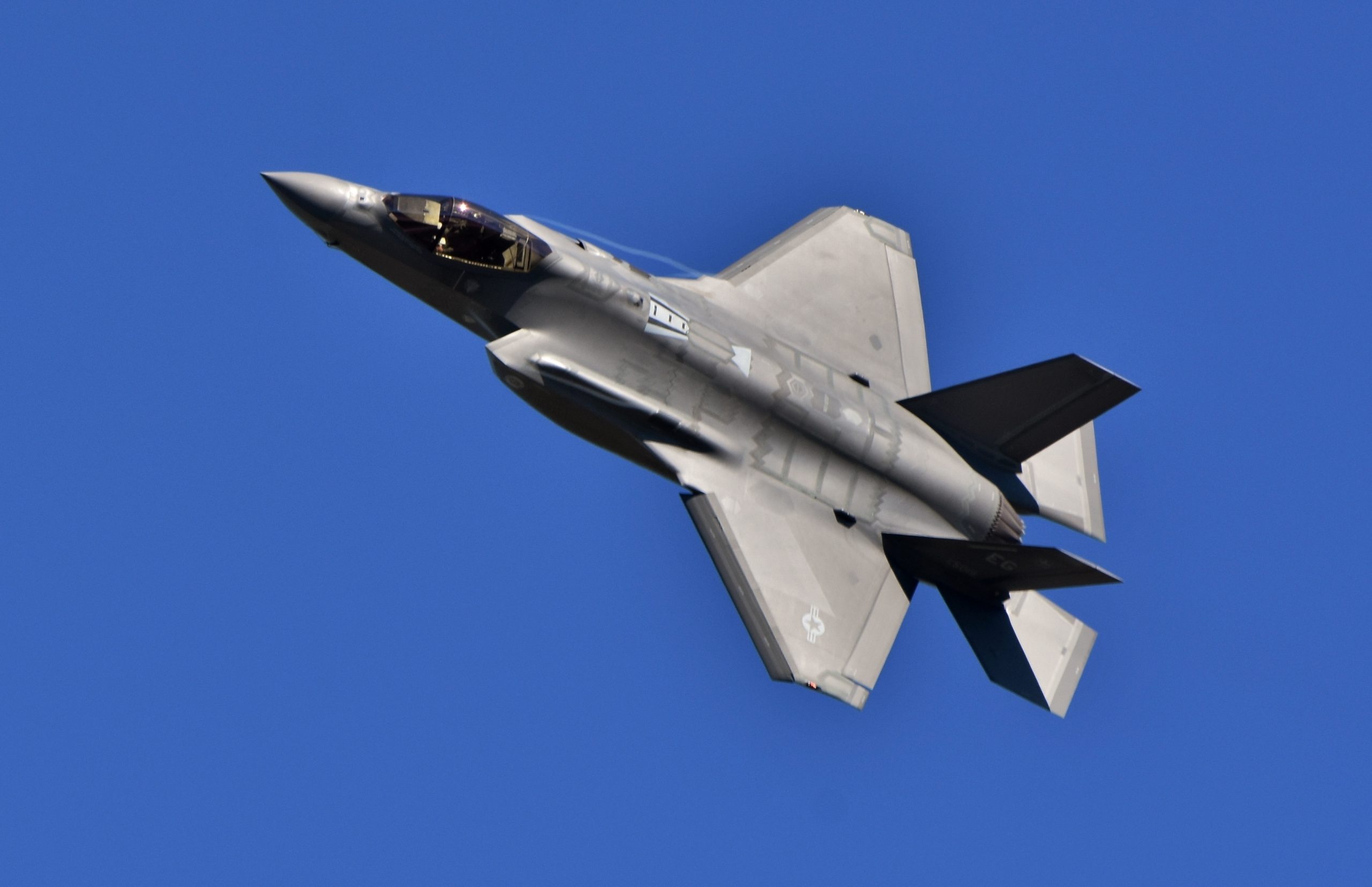

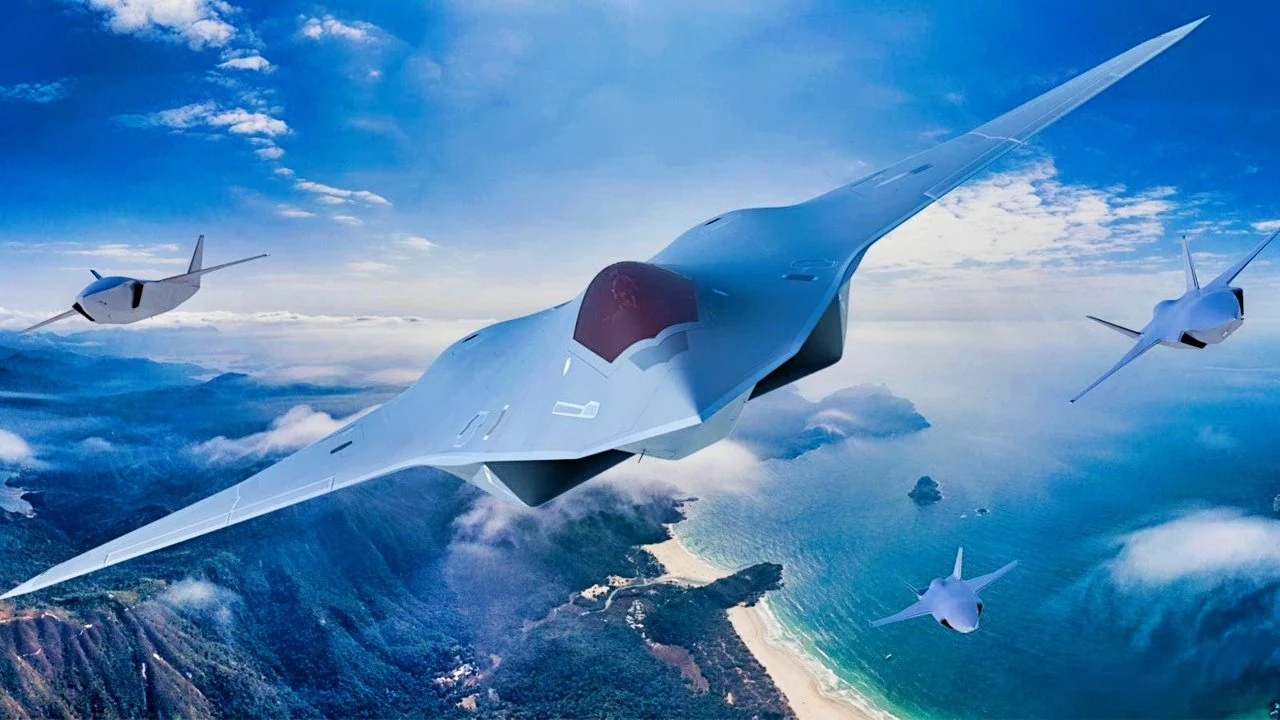
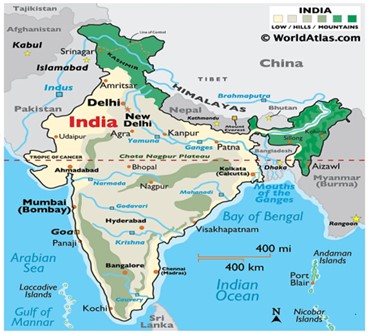

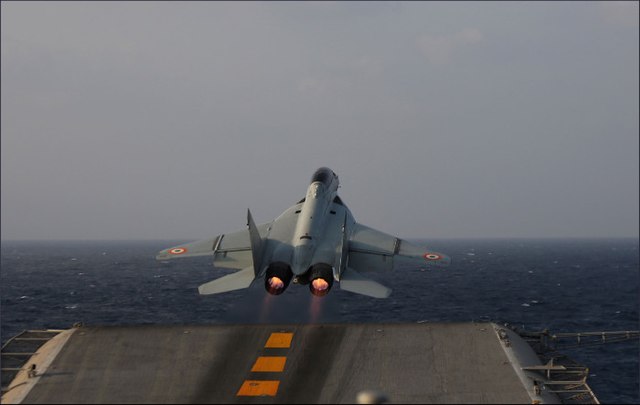








POST COMMENTS (5)
Krishna Karedla
SAMIR SARDANA
Gohan
Abhijit Deshmukh
Sunny Singh